When Are Sunflower Seeds Ready to Harvest: All About Sunflower Growth and Harvesting
Sunflower seeds are ready for harvesting for about 30 to 45 days after the flowers have bloomed. This usually occurs when the back of the flower head turns yellow or brown, and the seeds appear plump, with a black and white stripe pattern. There are a few tell-tale signs that the seed heads of a sunflower are ready for harvesting.
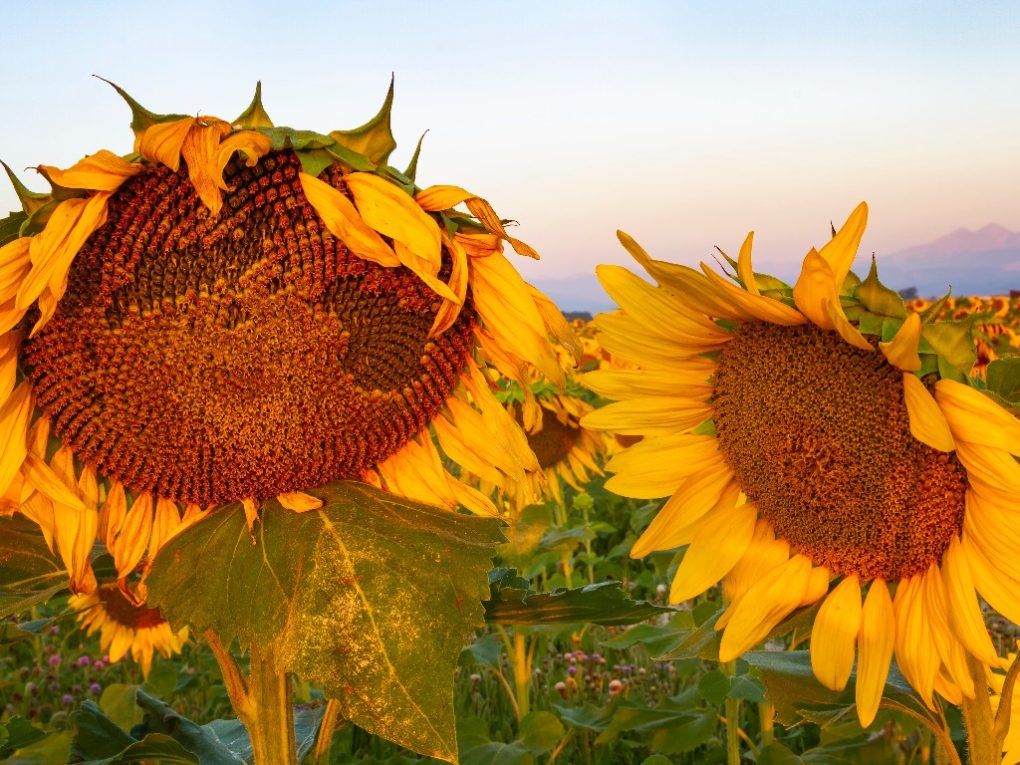
When it comes to harvesting sunflower seeds, timing is key. Knowing when to harvest the seeds is crucial to ensure that they are at their optimal maturity and flavor. Most sunflower seeds reach optimal maturity three months after planting, but this can vary depending on weather conditions and other factors.
The best way to tell if sunflower seeds are ready for harvest is by observing the back of the flower head. Once the back of the head turns dark brown and very dry, the seeds are ready to be harvested. The drying process usually takes one to four days, but it may take longer, depending on when the flower head is harvested and the conditions in which the flower dries.
Table of Contents
Understanding the Growth Cycle of Sunflower
Germination
Germination is the process by which a seed begins to grow into a plant, according to West Virginia University. It is the first stage of a plant’s life cycle. During germination, the seed absorbs water and swells up, which triggers the process of cellular respiration. The embryo inside the seed starts to grow and develop, pushing out a small root and shoots.
The factors that affect seed germination include temperature, moisture, oxygen, and light. Different types of seeds have different requirements for germination. Some seeds need to be exposed to light to germinate, while others need darkness. Some seeds require specific temperatures or moisture levels, while others can germinate in various conditions.
Once a seed has germinated, it starts to grow into a seedling. The seedling continues to grow and develop into a mature plant, going through stages of vegetative growth, reproductive growth, and eventually producing seeds of its own.
Vegetative Growth
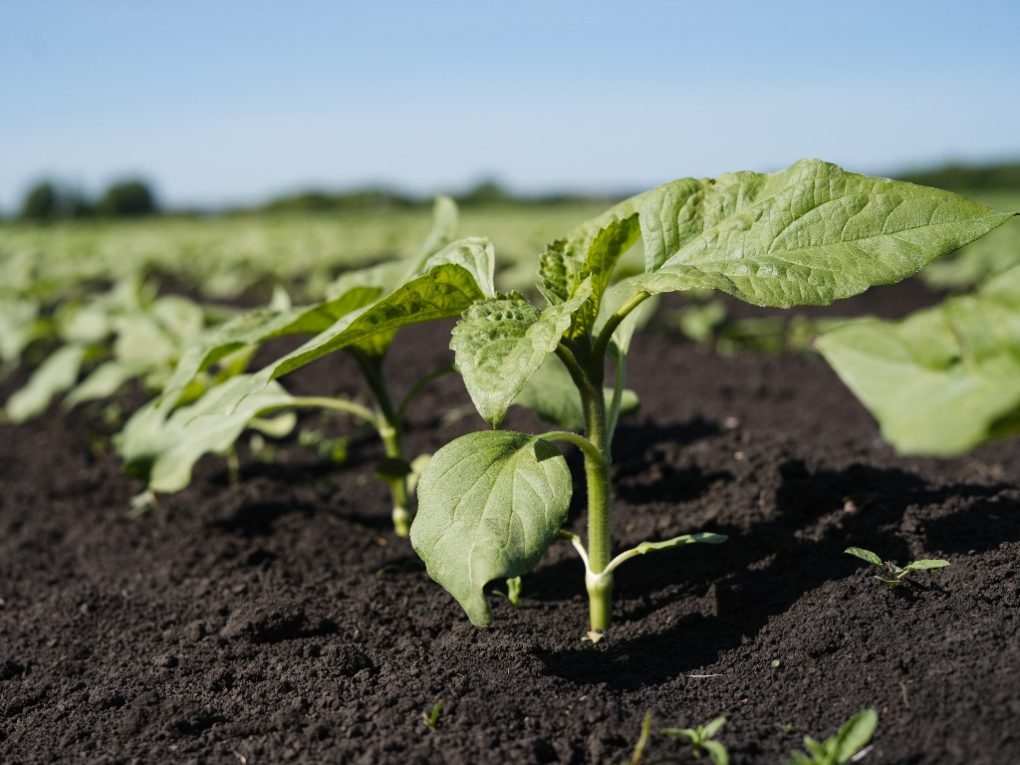
Vegetative growth is the stage of a plant’s life cycle during which it focuses on developing its root system and producing leaves, stems, and branches. This stage follows germination and precedes the reproductive stage of the plant’s life cycle.
During vegetative growth, the plant uses the energy and nutrients stored in the seed to produce a strong root system and a healthy stem. The plant also begins to produce leaves, which are important for photosynthesis – the process by which plants convert sunlight into energy.
Several factors influence the vegetative growth rate, including temperature, light, humidity, and nutrient availability. Optimal growing conditions, such as warm temperatures and adequate water and nutrients, can promote vigorous vegetative growth and lead to a healthier, more productive plant.
Reproductive Growth
Reproductive growth is the stage of a plant’s life cycle during which it produces flowers, fruits, and seeds. This stage follows vegetative growth and is characterized by the formation of reproductive structures.
The plant’s energy and resources are directed toward developing flowers or fruit during reproductive growth. Flowers are the reproductive organs of many plants, and they contain male and female structures necessary for pollination and fertilization. Once pollinated, the flowers may develop into fruits or seeds, depending on the plant species.
The timing and duration of reproductive growth can vary depending on the species of plant and growing conditions. For example, some plants may produce flowers and fruits continuously throughout the growing season, while others may produce flowers and fruits only once yearly.
Seed Development
Seed development is the stage of a plant’s life cycle during which the fertilized ovules (seeds) mature and become viable for germination. This stage follows reproductive growth and is characterized by the growth and maturation of the seed.
During seed development, the plant directs its energy and resources toward the development of the seed. The seed coat thickens and hardens, protecting the developing embryo. The embryo grows into a miniature plant with a root, shoot, and one or two cotyledons (seed leaves).
Harvest
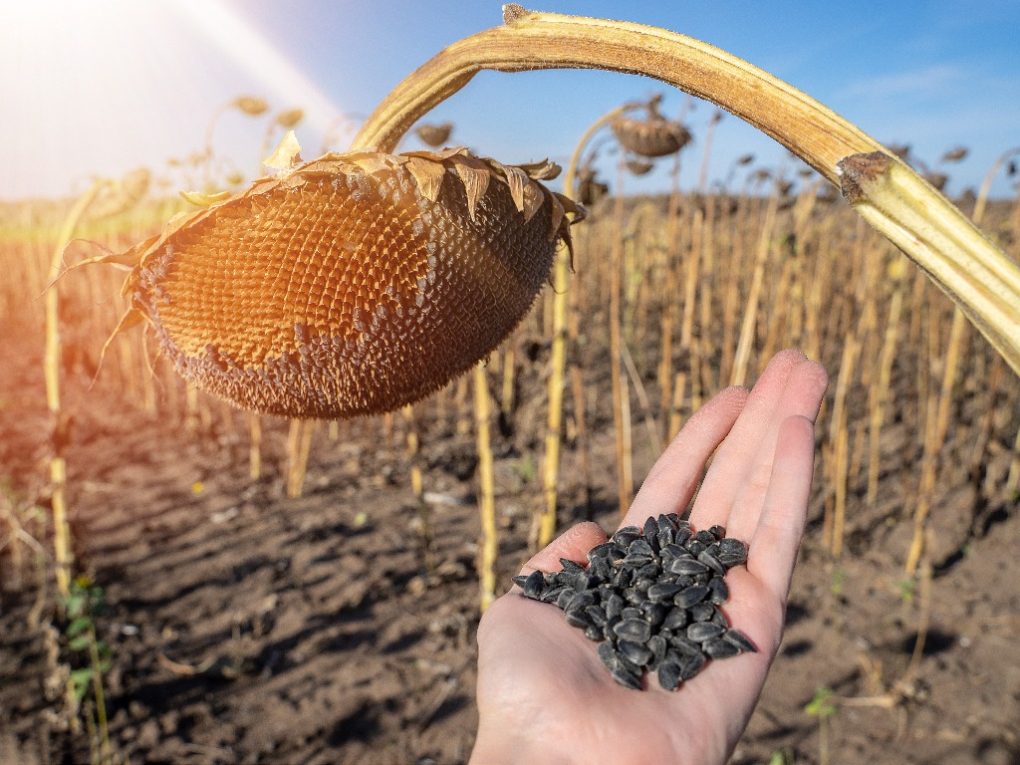
Harvest is the process of collecting mature crops or fruits from plants. It is the final stage of many crops’ life cycles and is an important part of farming and food production.
The harvest timing depends on the crop type, the growing conditions, and the desired end-use of the crop. Some crops, such as grains and oilseeds, are harvested when the plants have matured and the seeds have dried. Other crops, such as fruits and vegetables, are harvested when they have reached peak ripeness and are ready for consumption.
The harvest process can involve several steps, including cutting or pulling the plants, separating the desired crop from the rest of the plant, cleaning and processing the crop, and storing or transporting it to its final destination. In some cases, the harvest may be done by hand, while in others, it may be done using machinery such as combines or harvesters.
Signs of Maturity
Knowing when to harvest sunflower seeds is crucial to ensure they are at their peak flavor and nutrition. Here are some visual, touch, and sound indicators that you can use to determine if your sunflower seeds are ready for harvest.
Visual Cues
The most obvious sign that your sunflower seeds are ready for harvest is when the back of the flower head turns yellow and the bracts turn brown. This usually occurs about 30 to 45 days after the bloom. You can also check the central disc florets of the sunflower head, which should be dry and easy to wipe or fall off. The yellowing of the back of the sunflower head and the loss of some seeds are also signs of maturity.
Touch Indicators
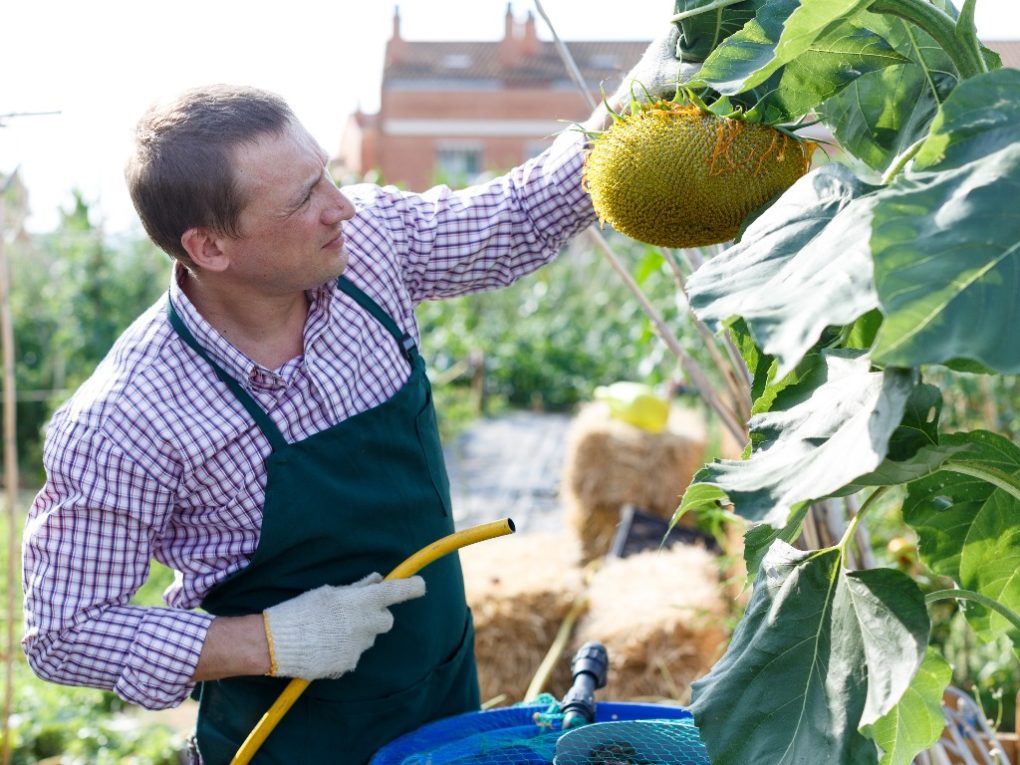
You can also use touch to determine if your sunflower seeds are mature. When the seeds are ready for harvest, the back of the flower head will feel dry and firm. You can also try rubbing the seeds between your fingers. If they are hard and not pliable, they are ready for harvest.
Sound Indicators
Another way to tell if your sunflower seeds are mature is by listening to their sound. When the seeds are ready for harvest, you will hear a hollow sound when you tap the back of the sunflower head. Unfortunately, the seeds still need to be mature if the sound needs to be more varied or muffled.
You can determine the optimal time to harvest your sunflower seeds using these visual, touch, and sound indicators. Proper timing will ensure that your seeds are at their best flavor and nutrition, and you can enjoy them to their fullest potential.
Tips When Harvesting Sunflower Seeds
Once the sunflower seeds are ready for harvest, it is time to remove them from the flower head. Here are the steps to follow:
- Cut the stalk of the sunflower plant with a knife about 7-8 inches down from the head so that you will have something to hold on to.
- Hold the structure and scrape out all the sunflower seeds with your hand. You can also break it off to remove the seeds.
- If you want to dry the seeds in the flower head, hang the head upside down in a cool, dry place until the seeds are completely dry. If you want to remove the seeds from the flower head, place them in a separate pan and dry them in a cool, dry place.
Just take note. It is important to ensure the seeds are completely dry before storing them. I have sunflower hacks that can surely help you! You can test the dryness of the seeds by biting into one. If it is hard and crunchy, it is ready for storage. If it is soft or chewy, it needs more time to dry.
Harvesting sunflower seeds can be a fun and rewarding experience. By following these simple steps, you can ensure that your sunflower seeds are mature and ready for harvest and that they will be delicious and nutritious for you to enjoy.
Post-Harvesting Care
Drying and Cleaning Sunflower Seeds
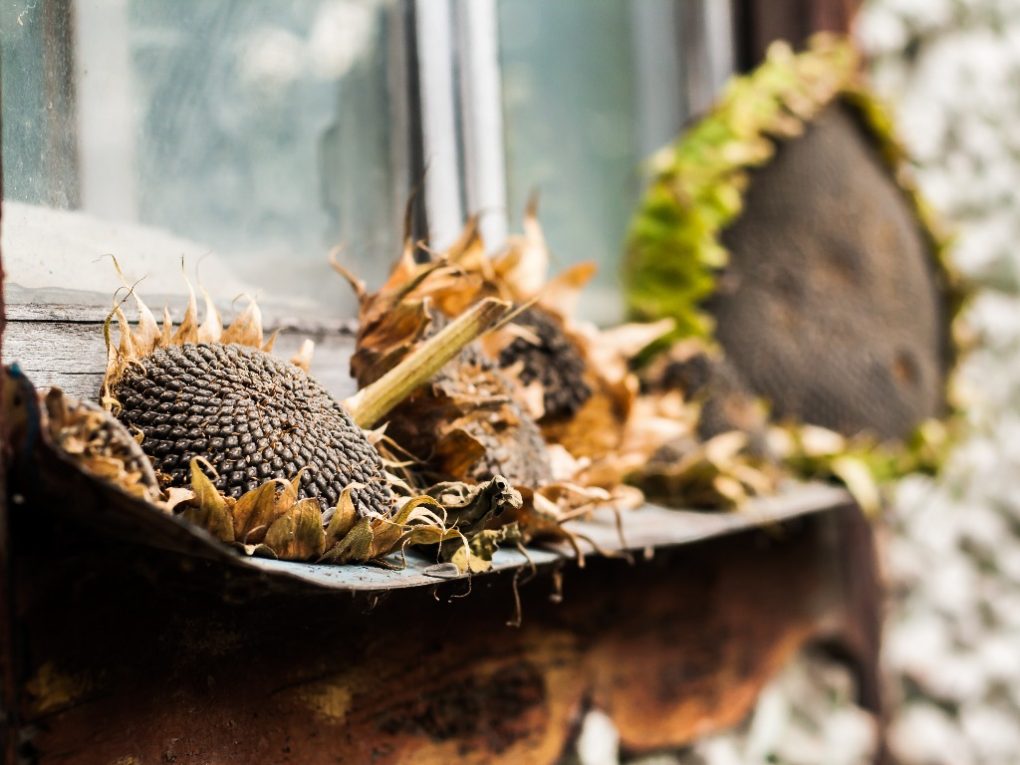
After harvesting sunflower seeds, it is important to dry and clean them properly to ensure their longevity. Spread the seeds on a clean, dry surface and allow them to dry for at least 24 hours. This will help to remove any excess moisture and prevent mold growth.
Once the seeds are dry, they can be cleaned to remove any remaining debris. One method is to place the seeds in a large water bowl and agitate them. The seeds will sink to the bottom, while any remaining debris will float to the top and can be skimmed off.
Storage of Sunflower Seeds
Proper storage is essential to ensure the longevity of sunflower seeds. Store the seeds in an airtight container in a cool, dry place like a pantry or cellar. Avoid storing them in areas with high humidity or temperature fluctuations, as this can cause the seeds to spoil. Labeling the container with the harvest date is also important, as sunflower seeds can lose their flavor and nutritional value over time. Stored properly, sunflower seeds can last up to a year.
